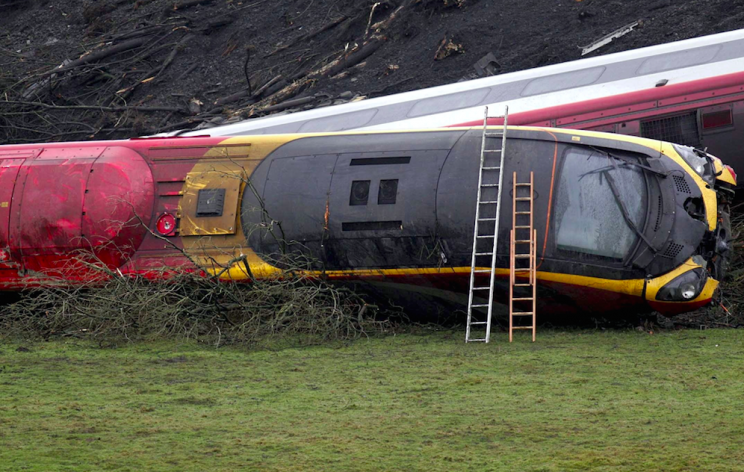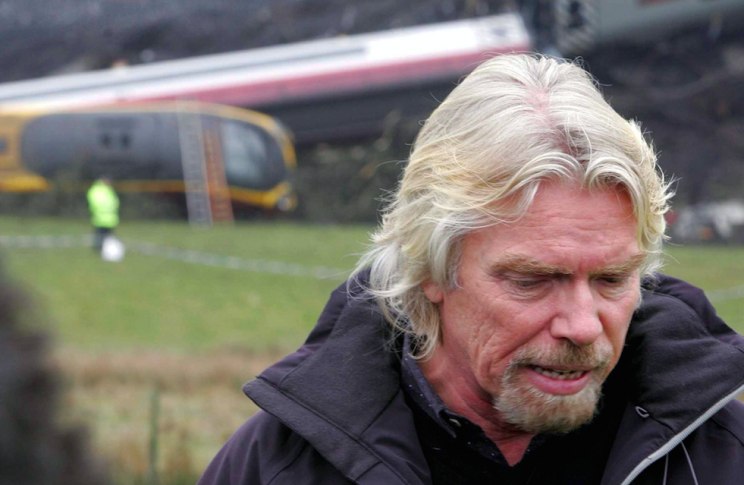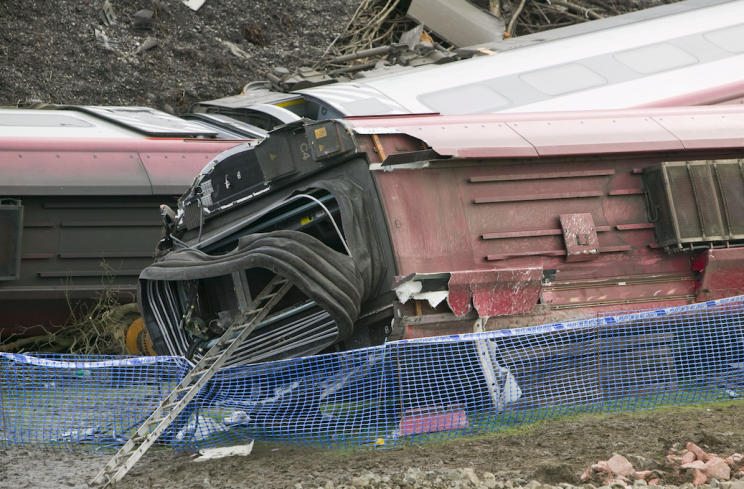Grayrigg derailment 10th anniversary: What happened in the fatal train crash?

It is ten years since the Grayrigg derailment, which resulted in the death of one passenger and had major repercussions for Network Rail.
On February 23, 2007, a Virgin train from London to Glasgow derailed near Grayrigg, Cumbria, and crashed down an embankment.
One passenger, 84-year-old Margaret Masson from Glasgow, died in hospital following the crash, which exposed major failing within Network Rail.
Up to 30 people were seriously injured and 58 people had minor injuries.
MORE: The president of Iceland says he hates pineapple on pizza so much he wants to ban it
MORE: Russian model who dangled from 1,000ft skyscraper in daredevil photoshoot is hauled before police
It remains the last rail crash in the UK in which a train passenger has been killed.
WHAT HAPPENED?
At 8.15pm on February 23, 2017, the 1730 Virgin West Coast Pendolino service from London Euston to Glasgow Central derailed after crossing the Docker Viaduct south of Grayrigg.
The “City of Glasgow” train, consisting of nine carriages, was travelling at 95mph when it crashed. There were 105 passengers and four crew on board.
Passengers said the carriages began rocking and swaying before the train ploughed down the embankment, before coming to rest in a field.

About 500 rescuers attended the scene, along with at least five fire engines, three search and rescue helicopters and Mountain Rescue.
Although the whole train derailed, the front five Standard class carriages were the worst affected.
Remarkably, the carriages were largely intact, and none of the windows broke and lighting remained in use.
Driver Iain Black, from Dumbarton, remained at the controls throughout the crash and was trapped for an hour in his cab before being cut free by emergency workers. He had to remain in hospital for a month.
One passenger, Margaret Masson, 84, from Glasgow, died in hospital after the crash.

Virgin boss Sir Richard Branson visited the crash site the following morning and hailed Mr Black as a hero.
Mr Branson also thanked local residents who helped at the crash site.
WHAT CAUSED THE CRASH?
The derailment was caused by a faulty set of points used to allow trains to cross from one running line to another.
The points were deemed “degraded and unsafe” by an inquiry.
One of three stretcher bars, which keep moving rails a set distance apart, was missing while the other two were fractured and bolts were missing.
A scheduled inspection just five days before the crash had not taken place and the faults had gone unnoticed.
Network Rail engineer David Lewis told an inquest in November 2011 that he was “under pressure” and had forgotten to inspect the points near where the derailment happened.
He said he felt like a man “spinning plates on sticks”.
He had previously told his bosses that his team were not being given enough time to carry out checks, describing the system as a “shambles”.

In October 2012, Mrs Masson’s son George met Mr Lewis and told him he had his forgiveness.
OUTCOME
In January 2012, Network Rail was prosecuted over safety failures and pleaded guilty in court a month later.
Network Rail was fined £4.1 million, including court costs.

 Yahoo News
Yahoo News 


